Home>Garden Essentials>How To Trim Greenery Bushes
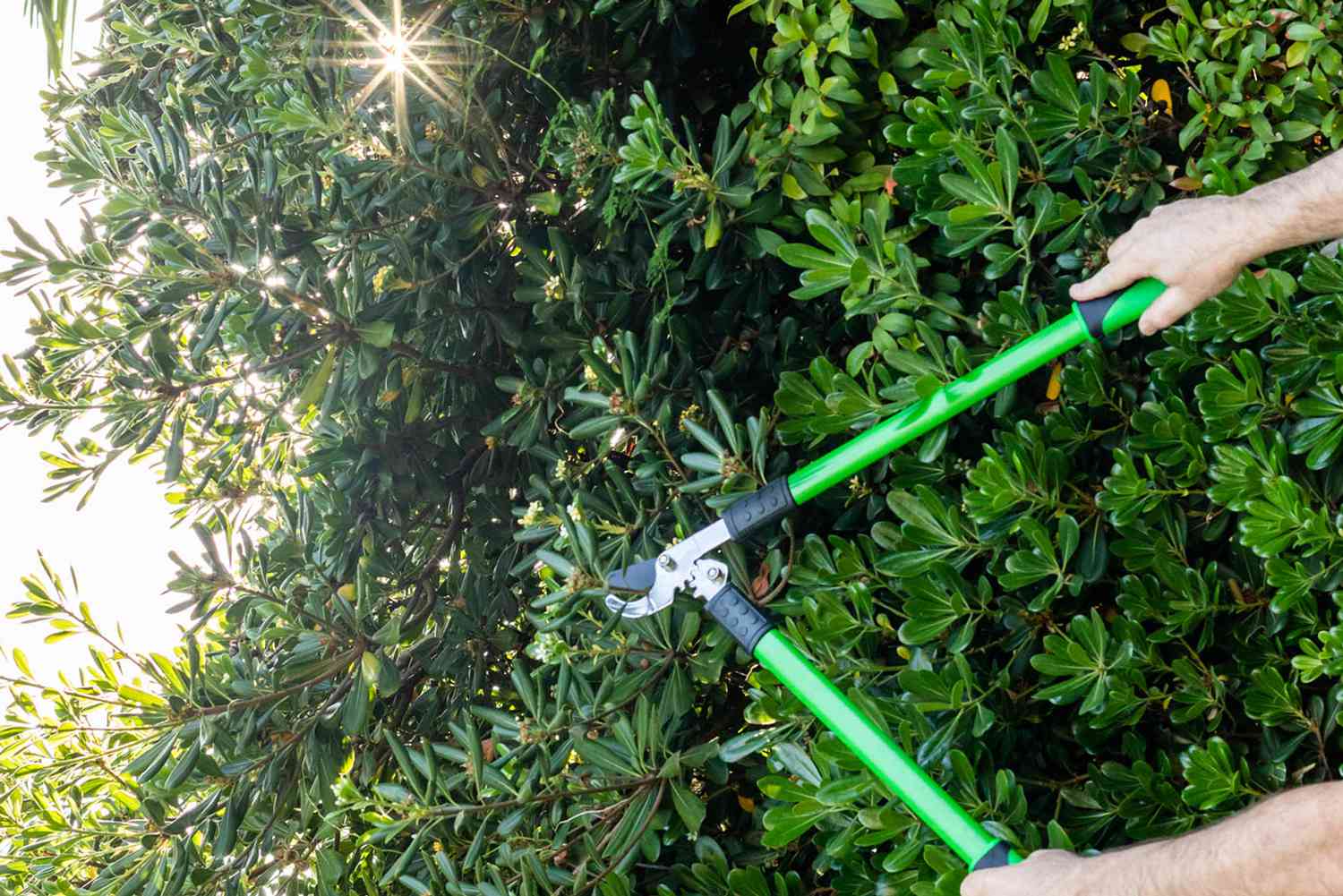

Garden Essentials
How To Trim Greenery Bushes
Modified: March 7, 2024
Learn how to trim your garden's greenery bushes with our step-by-step guide. Enhance your garden's appearance and maintain its health with proper greenery maintenance.
(Many of the links in this article redirect to a specific reviewed product. Your purchase of these products through affiliate links helps to generate commission for Storables.com, at no extra cost. Learn more)
Introduction
Welcome to the world of greenery and gardening! Trimming bushes is an essential task that not only keeps your garden looking tidy and well-maintained, but also promotes the health and growth of your plants. Whether you’re a seasoned gardener looking for some refresher tips or a beginner eager to learn, this comprehensive guide will walk you through the process of trimming your greenery bushes.
Before we dive into the step-by-step instructions, let’s talk about why trimming bushes is important. Regular pruning helps remove dead or diseased branches, encourages new growth, and enhances the overall appearance of your bushes. It also allows more air and sunlight to reach the inner branches, preventing the development of fungal diseases and promoting better photosynthesis.
Now, let’s gather our tools and get started on transforming your garden into a vibrant and stunning oasis!
Key Takeaways:
- Regular trimming of greenery bushes promotes plant health, growth, and a tidy garden appearance. Use the right tools, assess the bushes, and dispose of trimmings responsibly for a thriving garden.
- Trimming involves removing dead branches, shaping the bushes, and promoting air circulation. It’s a creative journey that enhances your garden’s beauty and vitality.
Tools and Equipment Needed
Before you start trimming your greenery bushes, it’s important to gather the necessary tools and equipment. Having the right tools on hand will not only make the job easier and more efficient but also ensure that you achieve the best results. Here are the essential tools and equipment you will need:
- Pruning Shears: These are a must-have for any gardener. Choose a high-quality pair of pruning shears that are sharp and comfortable to handle. They will be used for trimming small to medium branches.
- Hedge Trimmers: For larger bushes or dense growth, hedge trimmers come in handy. Opt for an electric or gas-powered trimmer with a sharp blade that can slice through thick branches effortlessly.
- Loppers: Loppers are designed for cutting through thicker branches that pruning shears can’t handle. Look for loppers with long handles for added leverage and a clean cutting action.
- Gloves: Protect your hands from thorns, scratches, and blisters by wearing a sturdy pair of gardening gloves. Choose gloves made from materials such as leather or thick fabric for optimal protection.
- Eye Protection: Safety glasses or goggles are essential to shield your eyes from any flying debris or branches while trimming. Safety should always be a top priority when working in the garden.
- Garden Waste Bags: As you trim your bushes, you will generate a substantial amount of green waste. Having sturdy garden waste bags on hand will make it easier to collect and dispose of the trimmings.
- Ladder or Step Stool: Depending on the height of your bushes, you may need a ladder or step stool to reach the upper branches. Ensure that the ladder or stool is stable and secure before climbing on it.
Having these tools ready before you start trimming will help make the process smoother and safer. It’s important to remember to clean and sanitize your tools after each use to prevent the spread of diseases among your plants.
Step 1: Assessing the Bushes
Before you begin trimming your greenery bushes, take a moment to assess their current condition. This step is crucial as it helps you determine the specific areas that require trimming and shaping. Here’s how to assess your bushes:
- Walk around the bushes: Start by taking a walk around the bushes, observing them from different angles. Look for any dead branches, overgrown areas, or uneven growth patterns.
- Identify dead or diseased branches: Dead or diseased branches pose a threat to the overall health of your bushes. Spot any branches that are brown, brittle, or have no signs of new growth.
- Check for overgrown areas: Look for branches that extend beyond the desired shape or obstruct walkways or nearby plants. These overgrown areas need to be trimmed to maintain a neat appearance.
- Consider the overall shape: Evaluate the current shape of the bushes and determine if any adjustments need to be made. Decide whether you want a rounded, square, or natural shape for your bushes.
- Assess the density: Take note of any areas where the foliage is too dense. Thinning out dense areas will improve airflow and allow light to reach the inner branches.
By thoroughly assessing your bushes, you’ll have a clear understanding of the specific areas that require attention. This will guide you through the following steps of trimming and shaping your greenery.
Step 2: Removing Dead or Diseased Branches
Once you have assessed your greenery bushes, it’s time to remove any dead or diseased branches. Dead branches not only detract from the overall appearance of the bushes but can also hinder their growth and health. Here’s how to remove dead or diseased branches:
- Identify the dead or diseased branches: Referencing your assessment, locate the branches that show signs of being dead or diseased. These branches may be brittle, discolored, or have no signs of new growth.
- Ensure your tools are sharp and clean: Before you begin cutting, make sure your pruning shears or loppers are sharp and clean. Dull tools can cause unnecessary damage to the branches.
- Make a clean cut: Position your tool just above the branch collar (the swollen area at the base of the branch) and make a clean cut. Avoid leaving stubs or tearing the bark.
- Dispose of the debris: As you remove the dead or diseased branches, collect and dispose of them in your garden waste bag. It’s important to remove these branches from the area to prevent the spread of disease.
Removing dead or diseased branches not only improves the appearance of your greenery bushes but also helps promote the overall health and vitality of the plants. This step sets the foundation for the subsequent stages of trimming and shaping.
Step 3: Trimming Overgrown Branches
After removing the dead or diseased branches, it’s time to tackle any overgrown areas of your greenery bushes. Trimming overgrown branches helps maintain a neat and balanced shape while allowing more light and airflow to reach the inner parts of the plant. Here’s how to trim overgrown branches:
- Identify the overgrown branches: Refer back to your assessment and identify the branches that are extending beyond the desired shape or obstructing other plants or walkways.
- Start from the base: Begin trimming the overgrown branches from the base of the plant and work your way up. This ensures an even and harmonious shape.
- Use pruning shears or hedge trimmers: Depending on the thickness of the branches, you can use pruning shears for smaller branches or hedge trimmers for larger ones. Make clean cuts just above a leaf node or bud.
- Step back and assess: Regularly step back and assess the progress as you trim. This allows you to see how the bush is shaping up and make any necessary adjustments.
Trimming overgrown branches helps maintain the desired shape of your greenery bushes and prevents them from becoming too unruly. Remember to always use sharp and clean tools, and dispose of the trimmings in your garden waste bag to keep the area tidy.
When trimming greenery bushes, make sure to use sharp and clean pruning shears to make clean cuts. Trim back any dead or overgrown branches to promote healthy growth.
Read more: What Is Bushing In Plumbing
Step 4: Shaping the Bushes
Shaping your greenery bushes is an important step in achieving a polished and well-maintained appearance. Whether you prefer a rounded, square, or natural shape, shaping helps create a cohesive and visually pleasing look. Here’s how to shape your bushes:
- Visualize the desired shape: Before you begin shaping, visualize the ideal shape you want your bushes to take. This will serve as a guide throughout the process.
- Trim for symmetry: Start by trimming any branches that disrupt the symmetry of the bushes. Remove any branches that stick out at odd angles or create asymmetry.
- Create clean lines: Use pruning shears or hedge trimmers to trim the outer branches and create clean lines. Follow the natural contours of the bushes to maintain a natural-looking shape.
- Step back and assess: As you shape the bushes, step back and assess your progress frequently. This allows you to make adjustments and ensure that the overall shape is balanced.
Shaping your greenery bushes adds a level of sophistication and elegance to your garden. Take your time, be patient, and remember that practice makes perfect. With each trim, you will become more adept at creating the desired shape.
Step 5: Pruning for Health and Growth
Pruning your greenery bushes goes beyond simply trimming for aesthetics. It is an essential step for promoting the health and growth of your plants. Regular pruning helps remove dead or diseased branches, stimulates the growth of new shoots, and enhances the overall vigor of the bushes. Here’s how to prune your bushes for health and growth:
- Identify branches that cross or rub: Look for branches that are crossing or rubbing against each other. These branches can cause damage and inhibit the healthy growth of the plant.
- Remove weak or spindly branches: Identify any weak or spindly branches that are unlikely to thrive. Prune these branches to redirect energy towards the healthier parts of the plant.
- Promote air circulation: Trim branches that are densely packed, especially in the center of the bush. Promoting good airflow reduces the risk of fungal diseases and ensures that each branch receives adequate light.
- Encourage new growth: To encourage new growth, prune just above a leaf bud or node. This stimulates the growth of new shoots and ensures a fuller and healthier bush.
Pruning for health and growth is crucial for the long-term vitality of your greenery bushes. Regular pruning, combined with proper maintenance and care, will result in robust and thriving plants that enhance the beauty of your garden.
Step 6: Cleaning Up and Disposing of Trimmings
Once you have completed the trimming and shaping of your greenery bushes, it’s important to clean up the area and dispose of the trimmings properly. Proper cleanup not only keeps your garden looking tidy but also prevents the spread of diseases and pests. Here’s how to clean up and dispose of your trimmings:
- Collect the trimmings: Gather all the trimmings and branches that you have pruned from the bushes. Use a tarp or garden waste bag to collect the trimmings, making it easier to transport them to the disposal area.
- Inspect for debris: Look out for any leaves, twigs, or other debris that may have fallen during the trimming process. Remove these from the garden bed to maintain a clean and tidy appearance.
- Dispose of the trimmings: Once you have collected the trimmings, dispose of them properly. Check with your local waste management guidelines to determine the best method of disposal. Some options include composting the trimmings or arranging for them to be collected by a green waste service.
- Clean and sanitize your tools: After you have completed the trimming and cleanup process, it’s essential to clean and sanitize your tools. Use a mild soap and water solution to remove any sap or debris from the blades. Dry the tools thoroughly to prevent rusting.
Properly cleaning up and disposing of the trimmings is the final step in your trimming process. By maintaining a clean and well-groomed garden, you create a pleasant and inviting space for both yourself and your plants.
Conclusion
Congratulations! You have successfully learned how to trim your greenery bushes like a pro. By following the step-by-step process outlined in this guide, you can maintain the health, shape, and beauty of your bushes while creating an inviting and visually striking garden. Remember, trimming goes beyond just aesthetics – it promotes the overall growth and vitality of your plants.
Throughout this guide, we discussed the importance of assessing your bushes, removing dead or diseased branches, trimming overgrown areas, shaping the bushes, pruning for health and growth, and cleaning up and disposing of trimmings. Each of these steps plays a vital role in achieving well-manicured bushes that enhance the overall charm of your garden.
As you continue to trim your greenery bushes, don’t be afraid to experiment and explore different shapes and techniques. Gardening is a journey of continuous growth and learning, and your creative touch will bring a personal flair to your garden.
Remember to always use the proper tools, employ safety precautions, and dispose of trimmings responsibly. Regular maintenance and care will ensure that your greenery bushes thrive and flourish throughout the seasons.
Now, armed with the knowledge and skills gained from this guide, go ahead and transform your garden into a stunning haven of lush greenery and natural beauty. Happy trimming!
Frequently Asked Questions about How To Trim Greenery Bushes
Was this page helpful?
At Storables.com, we guarantee accurate and reliable information. Our content, validated by Expert Board Contributors, is crafted following stringent Editorial Policies. We're committed to providing you with well-researched, expert-backed insights for all your informational needs.
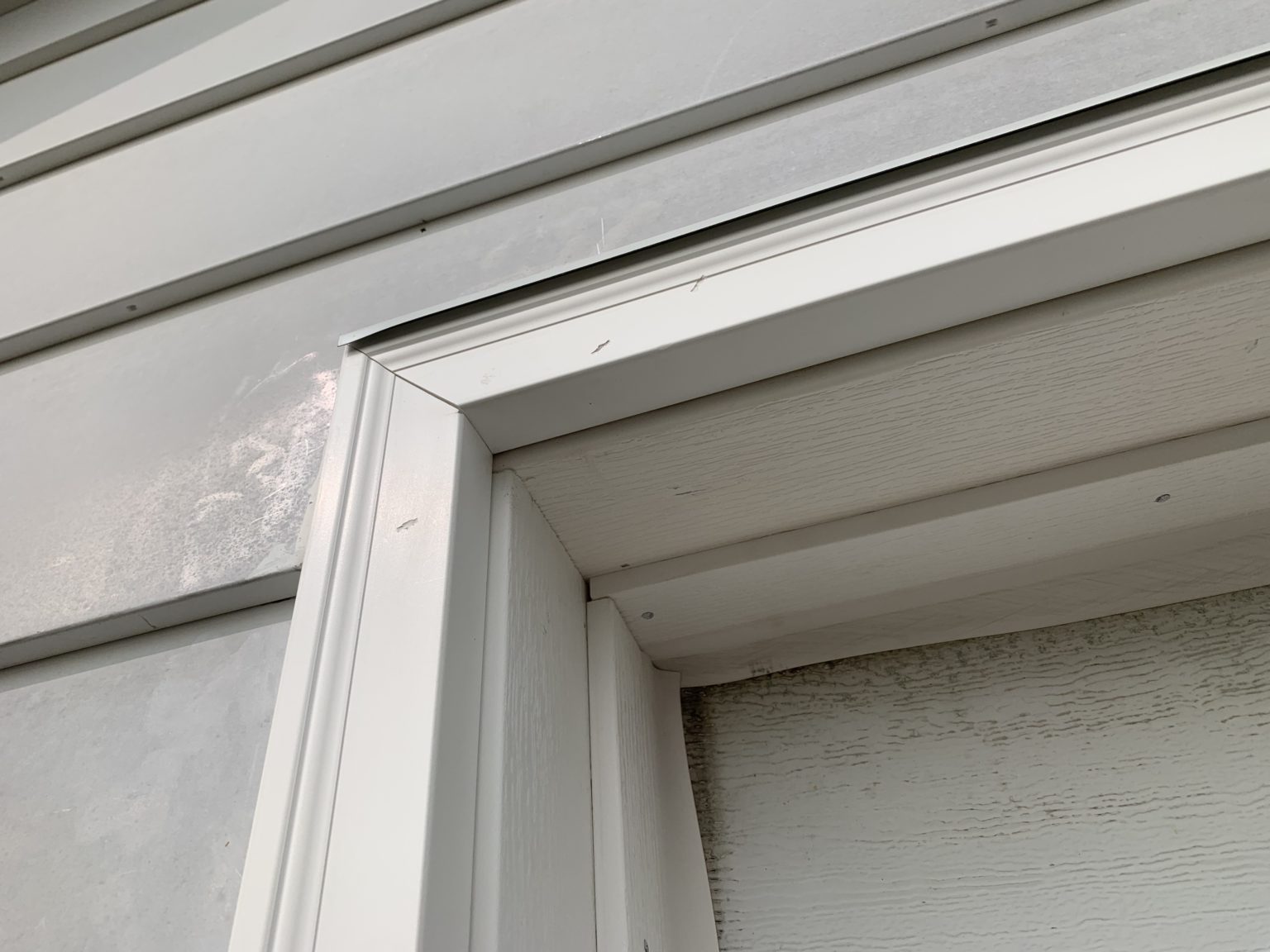

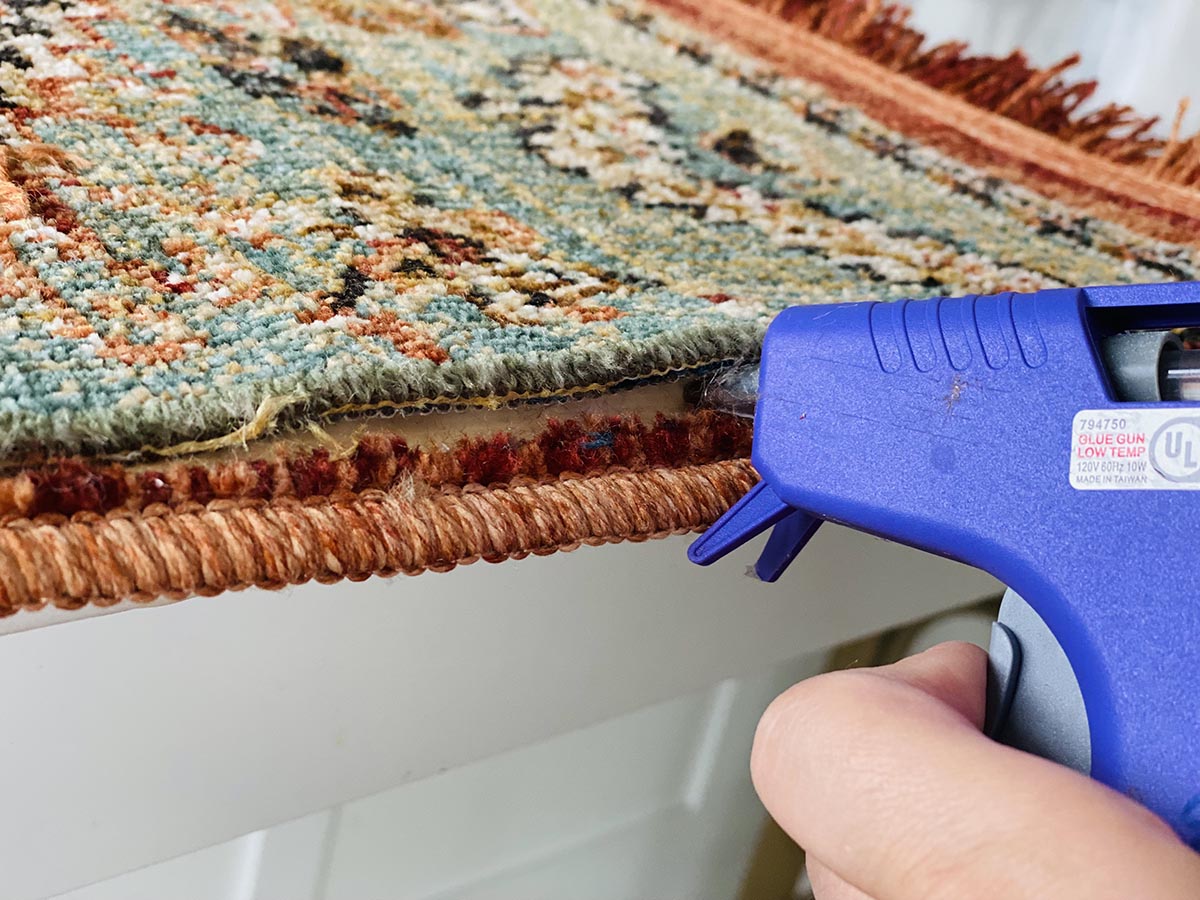
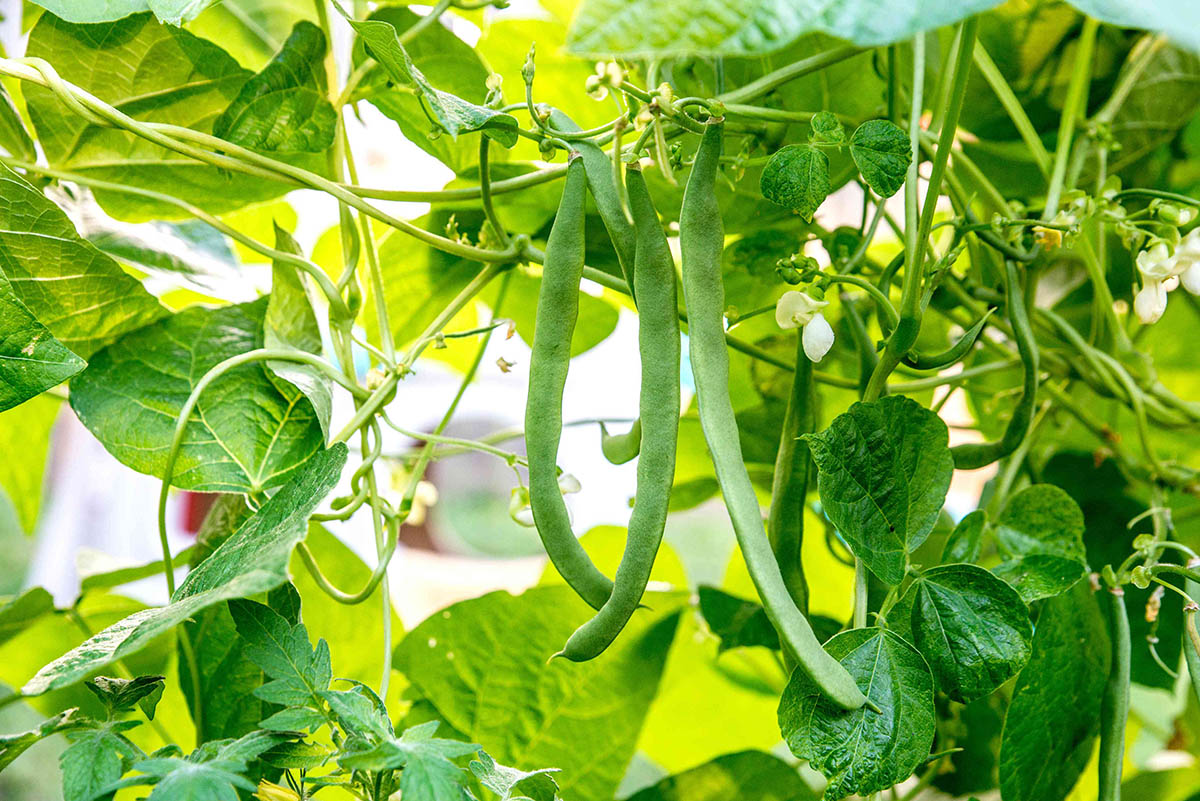

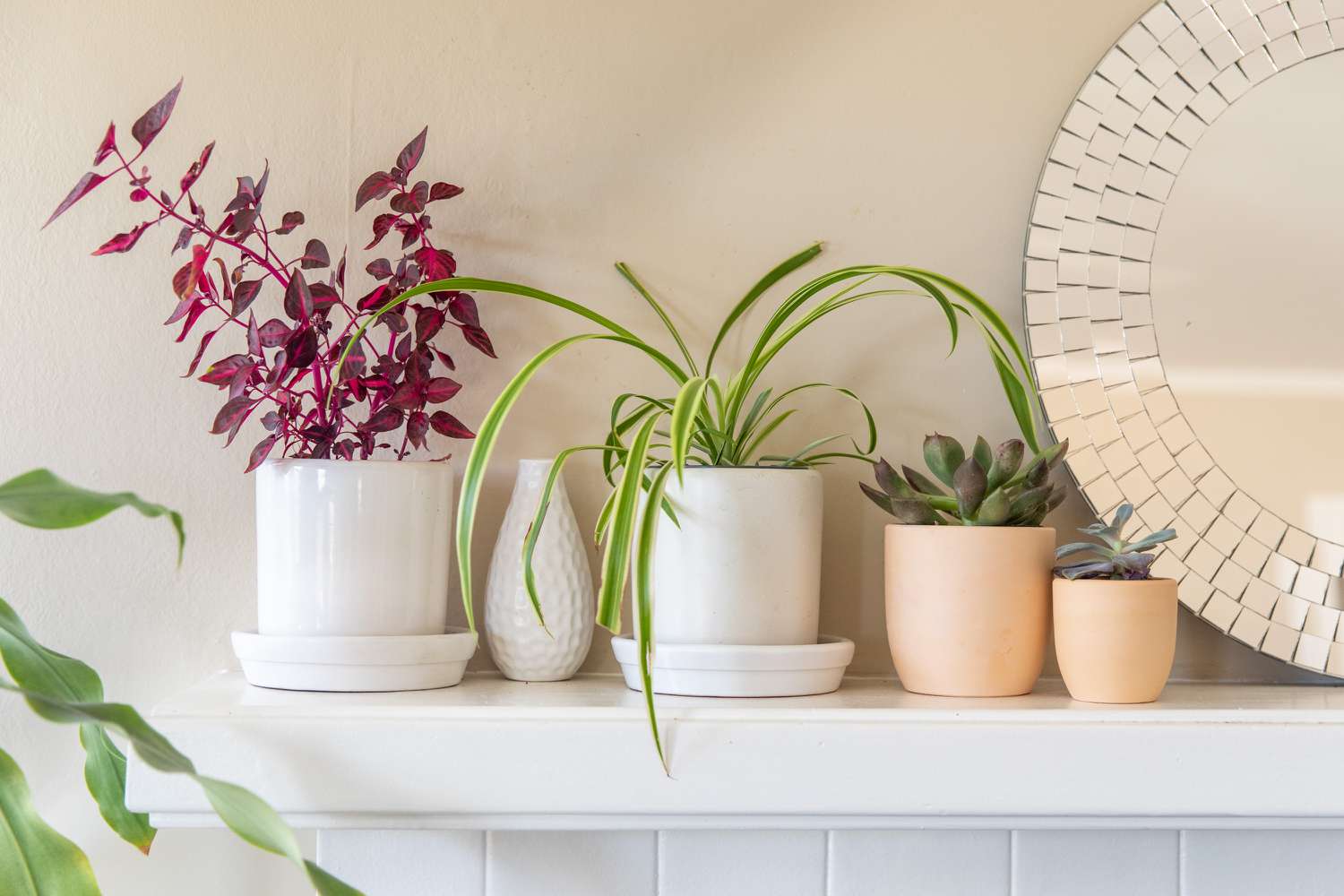
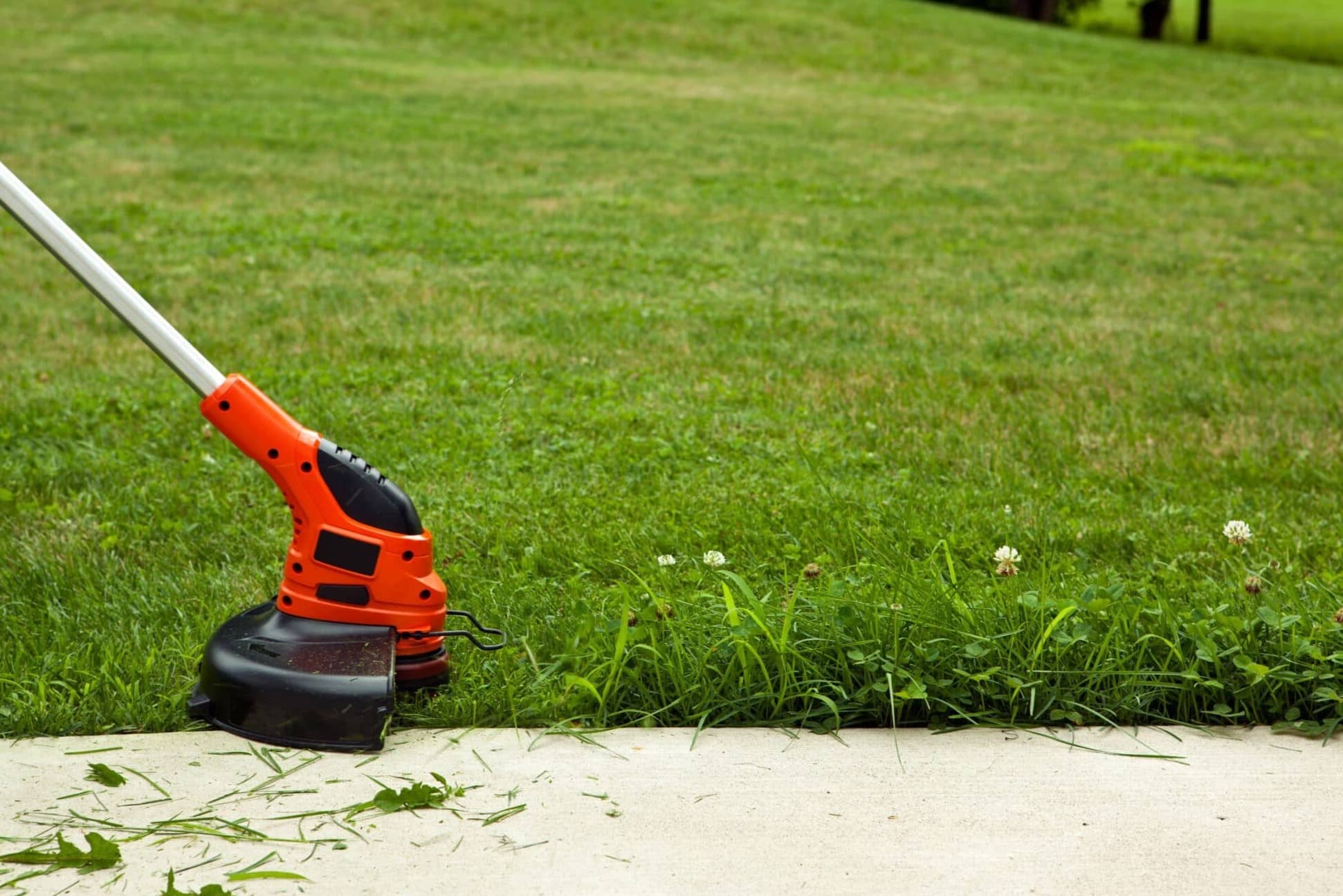
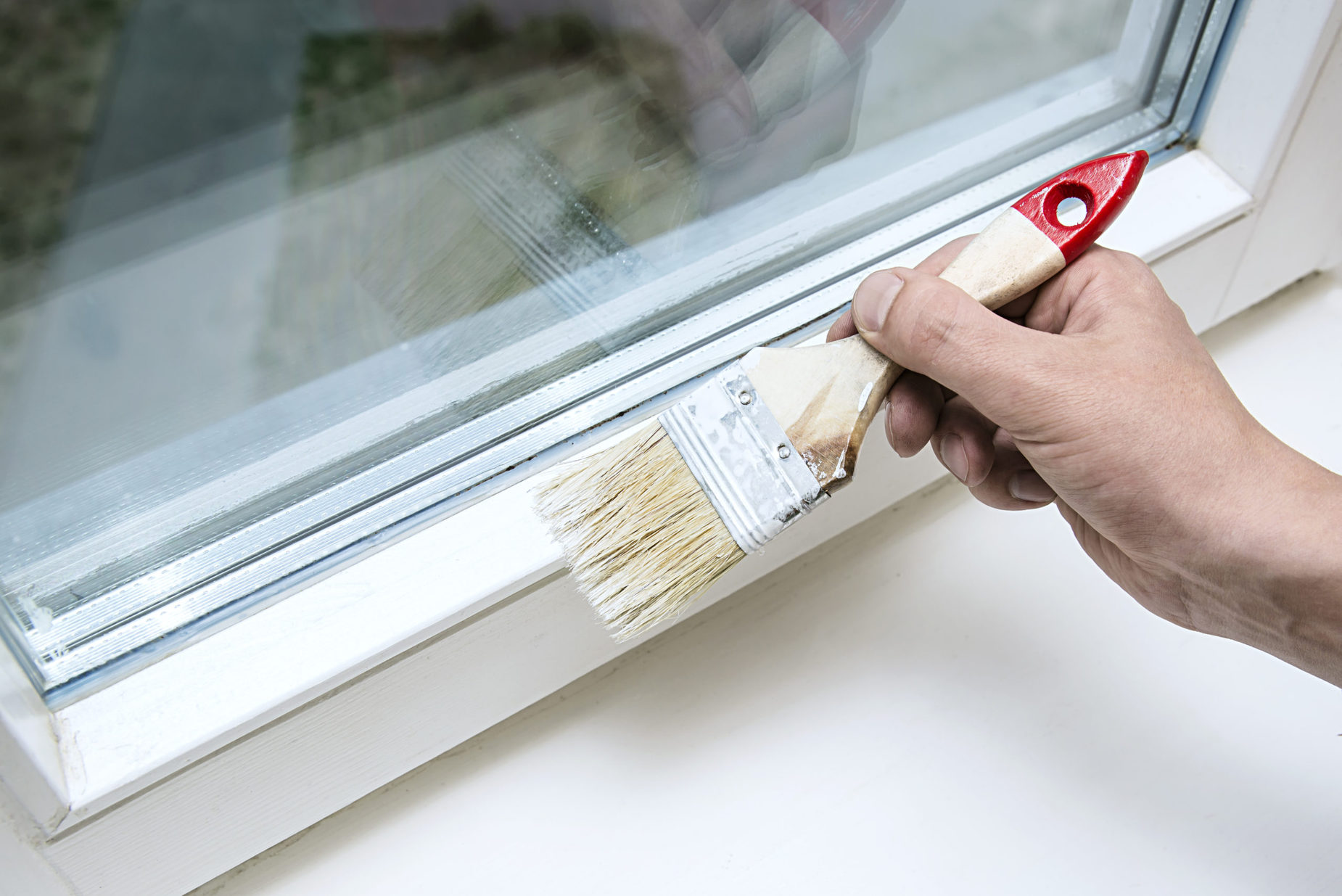
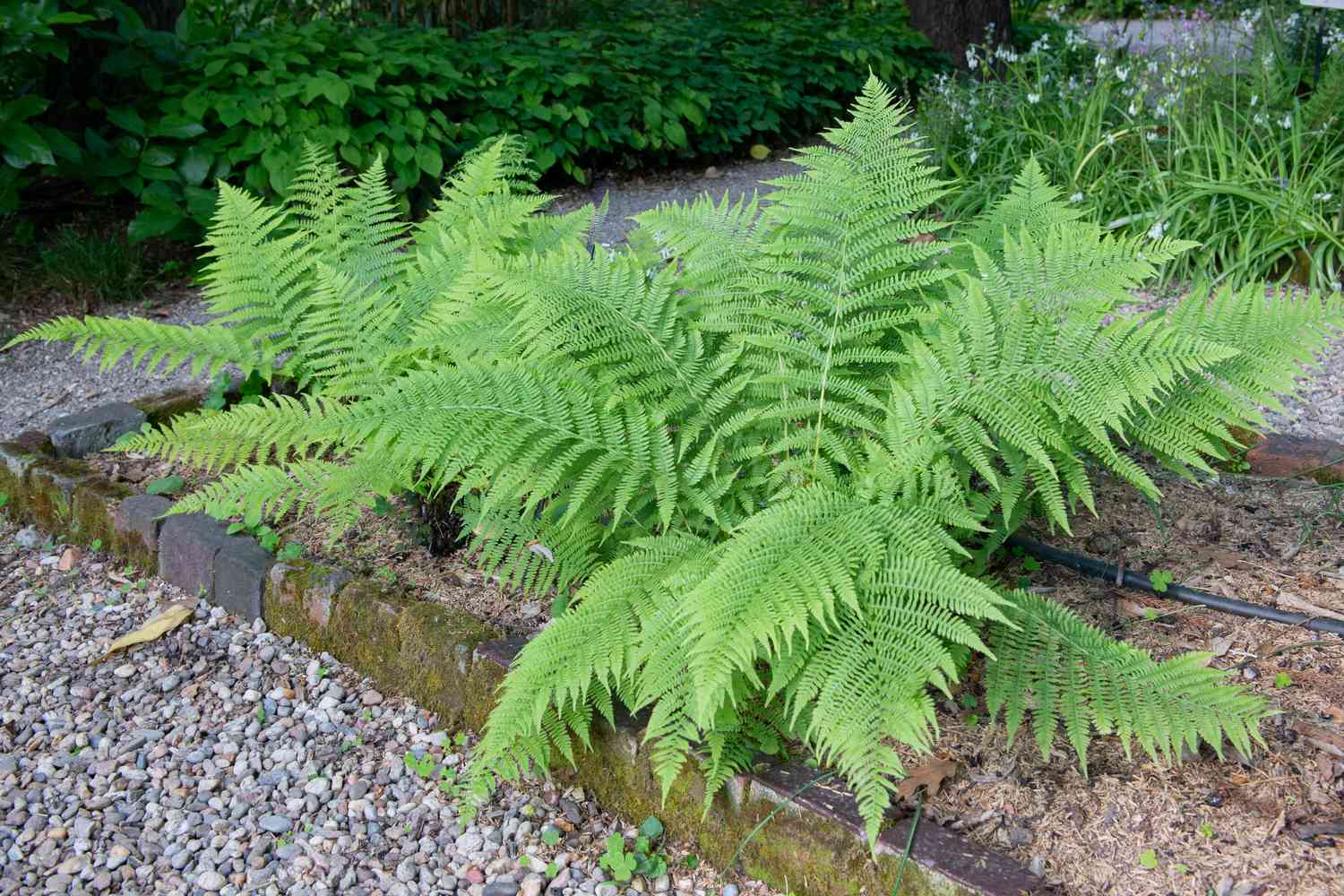
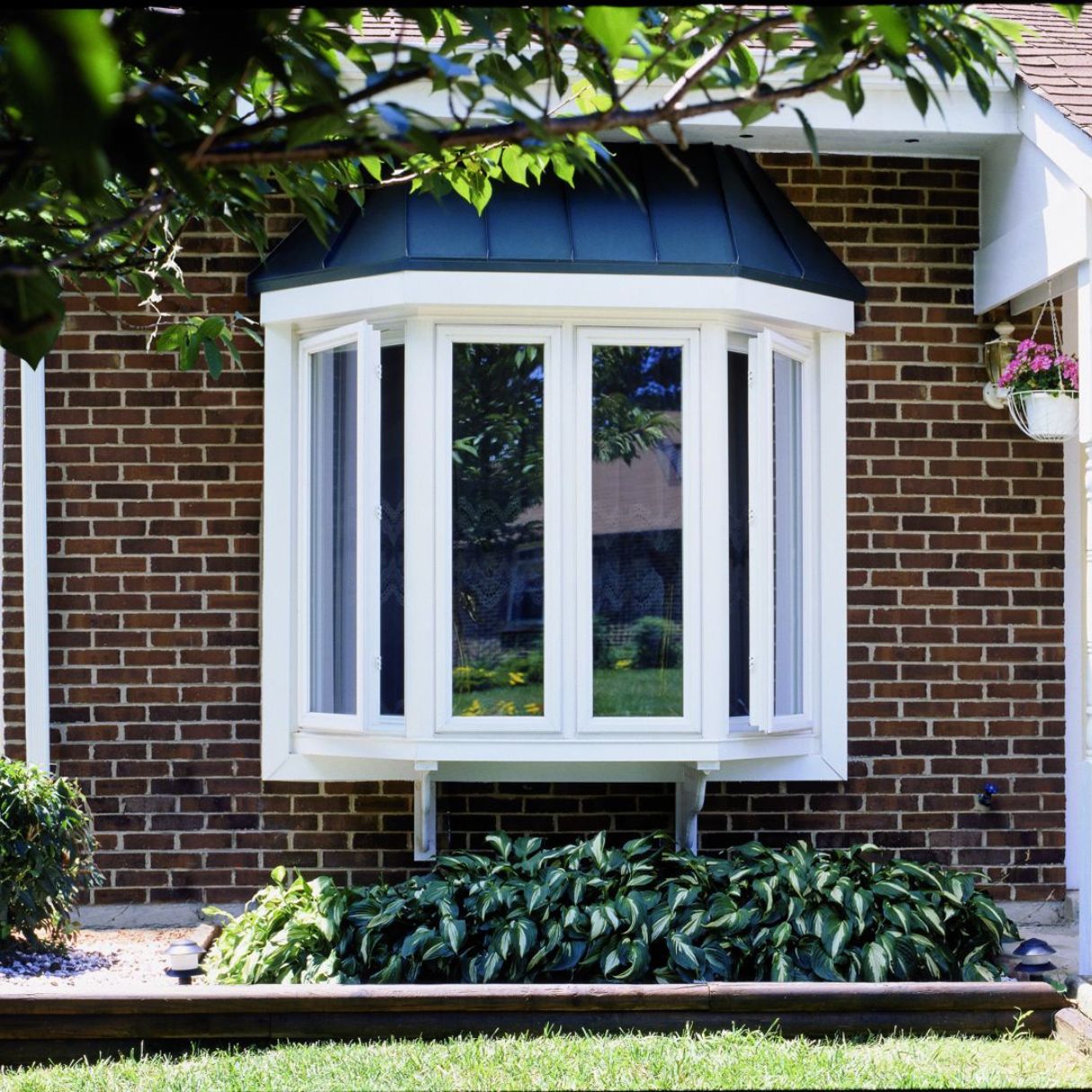
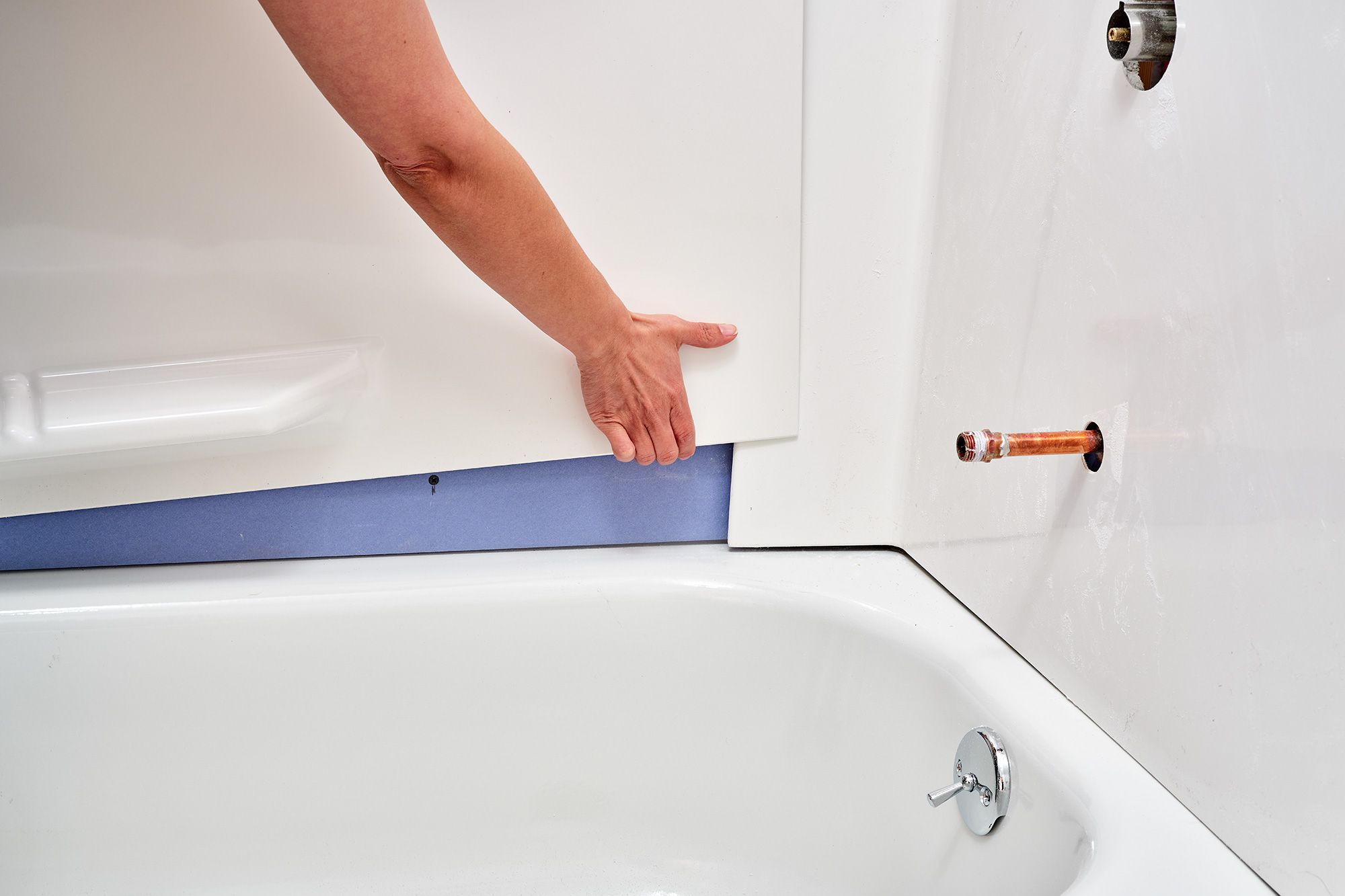

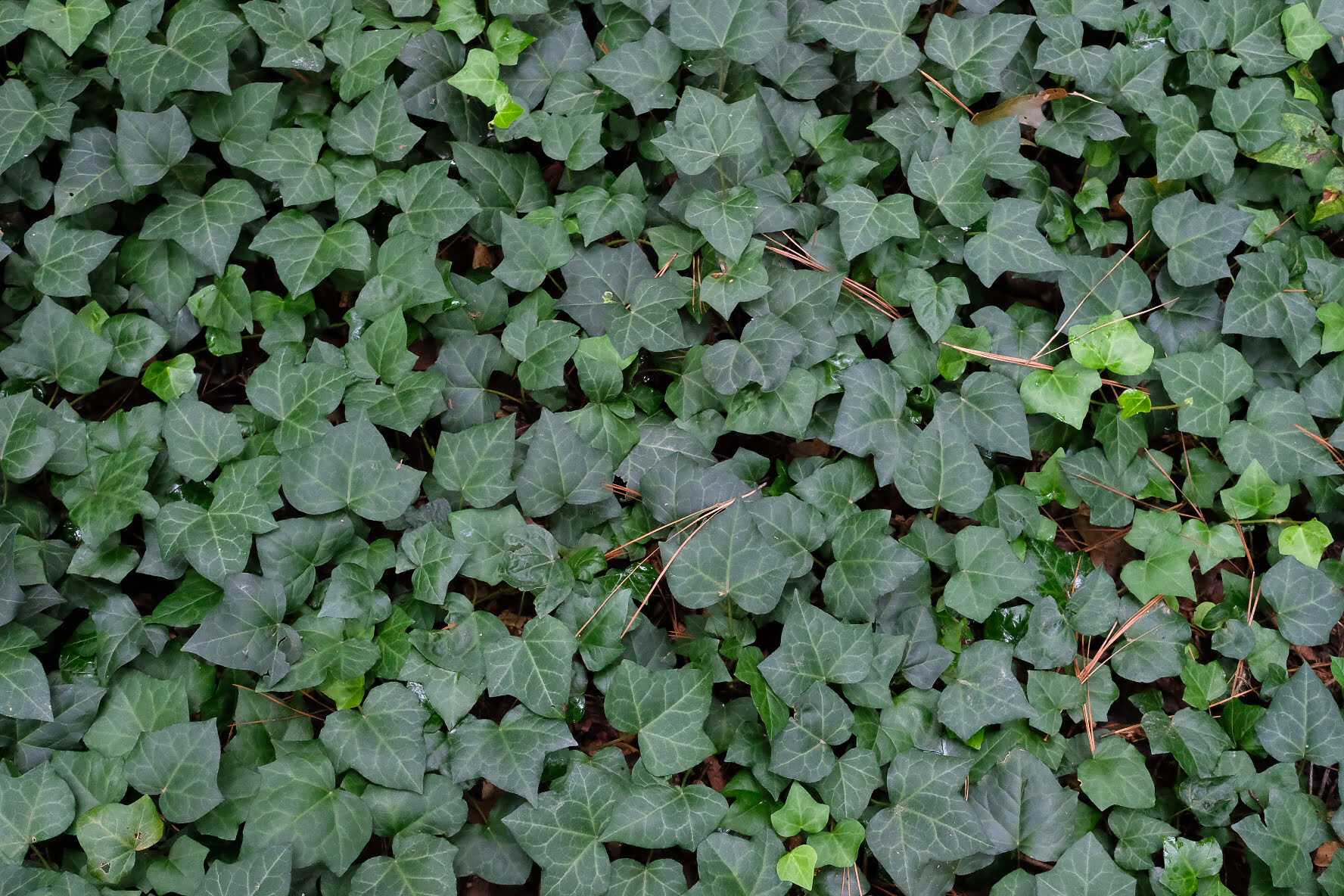
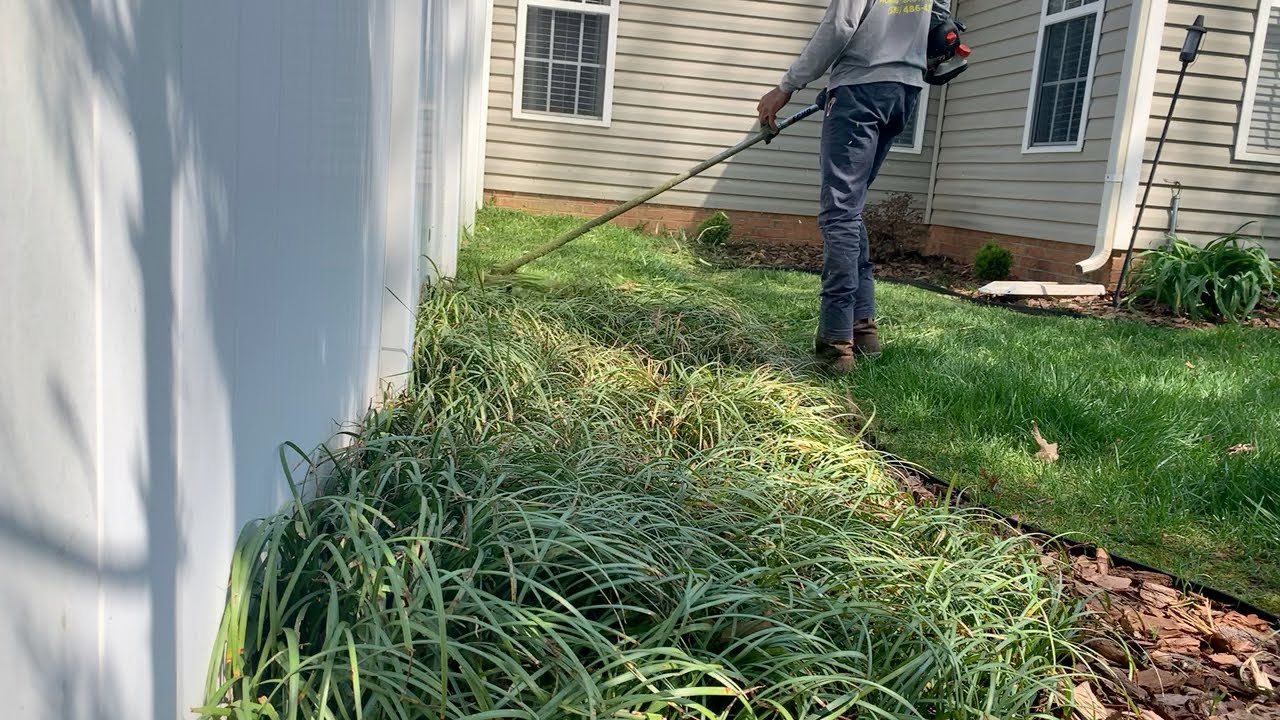

0 thoughts on “How To Trim Greenery Bushes”